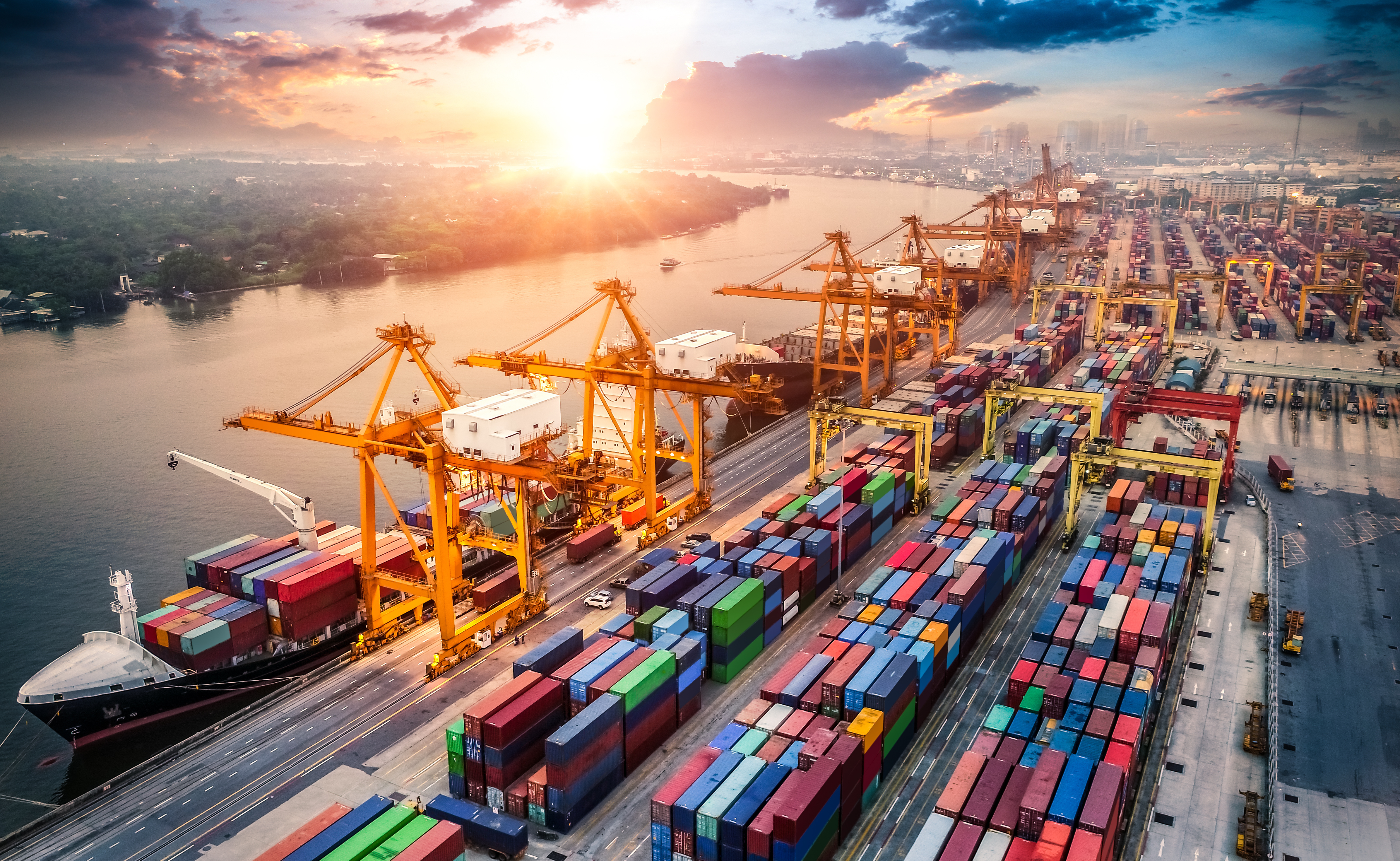The Seine axis: logistics along the water

The Seine axis: logistics along the water
The antagonisms between the different centres of the Seine axis have marked the history of this essential maritime, river, metropolitan and logistical complex. This subject is not new. In 1802, Bonaparte saw fit to point out that "Paris, Rouen and Le Havre are but one city, of which the Seine is the main street". It is useful to remember that the history of Le Havre is first marked by a military protection of the Seine valley and of Paris. The commercial ports of Rouen and Le Havre subsequently developed around trade with the colonies. This north-south anchorage has remained the specific positioning of Rouen, whereas the port of Le Havre has resolutely oriented itself towards the development of trade with the rest of the world, and in particular Asia.
This corridor, which constitutes a geographical unit, has become a reality through the merger of the three ports into a single public establishment. In February 2022, a Seine Axis agreement was set up in order to pool resources and give this unique territory an ambition to benefit its various centres.
Supporting the logistics dynamism
The Seine Valley alone represents 50% of French river freight and the port complex makes it theleading French container port with traffic of more than 3 million TEU[1] per year. Its 14.5 million inhabitants, including the population of the Ile-de-France, make this logistical and demographic unit a leading European entity.
The territory's logistical dynamism is supported by several pillars that make it strong: logistics, industry and the major urban centres.
Le Havre's logistics park is estimated at 1,675,000 m² representing 141 buildings.[2] The dynamism of Le Havre players such as Seafrigo, which has chosen a 60,000 m² site in 2021, bears witness to the potential of this major logistics hub. However, the Le Havre market is marked by a fairly limited available supply. The 2 main offers in the very short term are those proposed by AEW in Oudalle and by Prologis on the Parc du Hode (Saint-Vigor d'Ymonville) with respective surfaces of 40,000 m² and 30,000 m². These two class A buildings are divisible from 6,000 sq. m. upwards.
While the Le Havre market is logically very oriented towards overseas flows and imports, the Rouen market is more diffuse. Part of this market, around the port of Grand-Couronne and the Moulineaux container terminal, concerns logistics activities linked to Rouen's traditional markets: overseas and Africa. But the Rouen market is also driven by urban and regional distribution.
Distribution logistics at the heart of a consumer basin
The Seine-Maritime, with its 1,250,000 inhabitants, is the 16th largest French department. It is located at the heart of a wider distribution area, from Amiens to Caen and Cherbourg, representing 3 to 4 million inhabitants. The central sector, that of Rouen, but also that of Caen, were chosen as regional distribution centres, both for the central purchasing offices of the large-scale distribution and for the couriers.
The development of the Bourg-Achard centre, at the crossroads of the A13 and A28, meets these regional distribution needs. The establishment of Lidl on this site in 2016 is proof of its geographical relevance. To date, a 6,000 m² cell is available for rent on the Bourg-Achard site. Another project led by the developer P3 Logistic Parks on the port of Grand-Couronne is currently being finalised.
The courier sector, traditionally located in Rouen and Caen, is also showing a certain dynamism. The southern entrance to Rouen, whether it be Criquebeuf, Oissel or Saint-Etienne du Rouvray, is the preferred location for this activity. The companies installed in Rouen generally serve the whole of the Seine-Maritime department. A 4,300 sq. m. courier platform is planned to be completed in the 4th quarter of 2023, which is quite rare in an area of this size.
A focus on made in France
As an industrial area, the Seine Valley is focusing on reindustrialisation and sustainable development. Relocation to this area is becoming a reality. For example, Lucibel, a manufacturer of LED lighting, has relocated its production unit from Shenzhen to Barentin, north of Rouen. Through its development agencies, such as Rouen Normandy Invest, but also through its industrial projects in Le Havre, Caen or Louviers, the economic development potential responds to the reindustrialisation strategy.
The pharmaceutical and cosmetics industry has been present in the area for a long time. The area also relies on traditional industries full of potential, such as the flax industry. But this territory is finding a new vocation around new energies: offshore wind turbine factory, hydrogen industry, carbon capture, biogas production.
These industrial projects result in the need to have the capacity to set up companies. These locations are found on a market for business premises, particularly in Caen and Rouen, but also in other towns in the area.
The Seine axis is thus gradually becoming a vector for the reindustrialisation of France by highlighting its logistical, demographic and environmental potential.